Table of content
Mastering the Art of Caramelized Sugar: A Comprehensive Guide to Crafting Perfect ‘Ba Si’ (Pulling Sugar) for Chinese Sweet Treats*
The art of crafting caramelized sugar, known in Chinese cuisine as bá sī (拔丝), is a culinary technique that transforms simple ingredients into golden, glossy threads of sweetness. This method, which involves heating sugar to precise temperatures and manipulating it into delicate strands, is the secret behind iconic dishes like bá sī bīng táng hú lú bo (caramelized candied carrots) and bá sī tǔ dòu (sweet potato in caramelized sugar). Achieving the perfect bá sī* requires patience, precision, and an understanding of sugar’s behavior under heat. Whether you’re a novice cook or an experienced chef, mastering this technique opens the door to creating visually stunning and irresistibly crunchy desserts. This guide will walk you through the science, tools, and step-by-step process of crafting flawless caramelized sugar threads, along with tips to troubleshoot common pitfalls.
The Science Behind Caramelized Sugar
Sugar, a crystalline compound, undergoes a remarkable transformation when heated. At around 160°C (320°F), it begins to melt, breaking down into a liquid called caramel. This process, known as caramelization, involves the Maillard reaction—a chemical reaction between amino acids and reducing sugars that imparts rich, nutty flavors and a golden-brown hue. However, bá sī requires a slightly different approach: the sugar must be cooked to a hard-crack stage (150–160°C/302–320°F), where it solidifies into brittle threads when cooled. Achieving this stage demands careful temperature control and timing, as overcooking leads to bitterness, while undercooking results in a sticky, amorphous mass.
Tools and Ingredients
To embark on your bá sī journey, gather the following:
- Sugar: White granulated sugar is most common, but brown sugar or maltose can add depth.
- Water or Oil: A small amount of water (1–2 tbsp per 100g sugar) helps dissolve the sugar evenly. Some recipes use oil (like peanut or vegetable oil) for a smoother texture.
- Heavy-Bottomed Pan: Prevents hotspots and ensures even heating.
- Candy Thermometer: Essential for monitoring temperature accurately.
- Wooden Spoon or Silicone Spatula: For stirring (use sparingly to avoid crystallization).
- Cold Water Bath: A bowl of ice water to test the sugar’s consistency.
- Baking Tray or Silicone Mat: To spread the cooked sugar for pulling.
Step-by-Step Guide to Crafting Caramelized Sugar
Preparation
- Cleanliness is Key: Ensure your pan and utensils are spotless. Even a speck of residue can cause crystallization.
- Measure Ingredients: For every 100g of sugar, use 1–2 tbsp water or oil.
Melting the Sugar
-
Water Method:
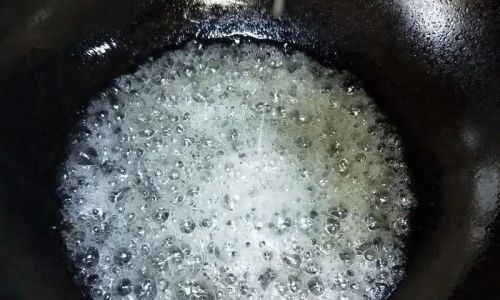
- Add sugar and water to the pan. Stir gently over low heat until the sugar dissolves.
- Once dissolved, stop stirring. Swirl the pan occasionally to distribute heat.
- Watch for bubbles: Initially large and foamy, they’ll shrink as moisture evaporates.
-
Oil Method:
Heat 1–2 tbsp oil in the pan. Add sugar and stir constantly until melted. This method reduces crystallization risk but requires vigilance to prevent burning.
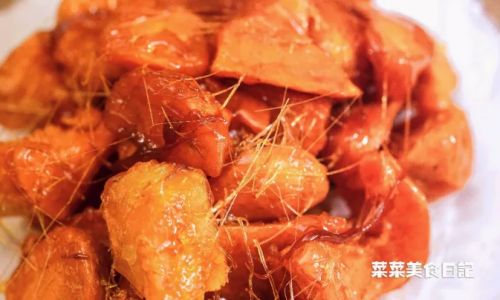
Monitoring Temperature
- Color Cues:
- Light Amber (150°C/302°F): The sugar turns pale yellow, ideal for delicate threads.
- Dark Amber (160°C/320°F): Deeper color with a bitter edge, suited for sturdier coatings.
- Cold Water Test: Drop a small amount of sugar into ice water. If it forms hard, brittle threads, it’s ready.
Pulling the Sugar
- Immediately remove the pan from heat once the desired color is achieved.
- Work Quickly: The sugar hardens rapidly. Dip a fork or chopsticks into the caramel and wave it back and forth over a baking tray. The sugar will stretch into thin, glossy threads.
- Layering: For thicker strands, let the initial threads cool slightly, then gather and pull them repeatedly.
Tips for Success
- Avoid Stirring Post-Dissolution: Stirring after the sugar dissolves encourages crystallization. If needed, swirl the pan gently.
- Use a Candy Thermometer: Relying solely on color can be misleading. Invest in a reliable thermometer.
- Control Heat: Medium-low heat prevents scorching. Rushed cooking leads to uneven caramelization.
- Prepare Your Workspace: Have a greased tray, utensils, and ingredients (like nuts or fruits) ready before starting.
Troubleshooting Common Issues
Crystallization (Sugar Turns Grainy)
- Cause: Undissolved sugar crystals or impurities in the pan.
- Fix: Add a few drops of lemon juice or vinegar (acids inhibit crystallization) or start over with a clean pan.
Burnt Flavor
- Cause: Overheating.
- Fix: Remove the pan from heat immediately. If the sugar is too dark, discard and begin anew.
Sugar Doesn’t Harden
- Cause: Undercooking (not reaching hard-crack stage).
- Fix: Return the pan to heat briefly, monitoring temperature closely.
Sticky, Chewy Texture
- Cause: Overcooking (beyond hard-crack stage) or high humidity.
- Fix: Adjust cooking time. In humid climates, store finished dishes in airtight containers.
Variations and Creative Uses
Flavored Caramel
- Add vanilla extract, cinnamon, or orange zest during cooking for aromatic twists.
Colored Threads
- Mix food-safe dyes (e.g., beet juice, spirulina powder) into the melted sugar for vibrant hues.
Nutty or Seedy Coatings
- Roll caramelized fruits or nuts in sesame seeds, crushed peanuts, or coconut flakes before the sugar hardens.
Savory Applications
- Drizzle thin sugar threads over salty cheeses (like aged cheddar) or cured meats for a sweet-salty contrast.
Cultural Significance of Ba Si
In Chinese cuisine, bá sī dishes are more than desserts—they’re symbols of celebration and craftsmanship. Often served during festivals or banquets, these treats delight diners with their dramatic presentation: a golden, shimmering web of sugar encasing tender ingredients. The act of pulling sugar also carries metaphorical weight, representing the delicate balance between patience and spontaneity required in both cooking and life.
Conclusion
Mastering bá sī is a journey that rewards perseverance and precision. While the process may seem daunting at first, repeated practice will demystify the science of sugar and elevate your culinary repertoire. Whether you’re coating crispy taro slices or adorning a cake with edible lace, the ability to craft caramelized sugar threads is a testament to the alchemy of heat and technique. So, arm yourself with a thermometer, embrace the sizzle of the pan, and let the golden threads of tradition and innovation weave their magic in your kitchen.
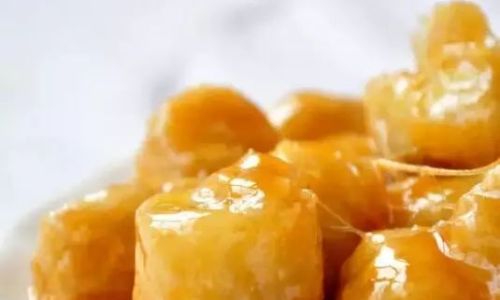
Final Word: Remember, every batch of sugar is a lesson. Even if your first attempts yield sticky clumps instead of silken strands, each mistake brings you closer to perfection. The art of bá sī awaits—happy cooking!
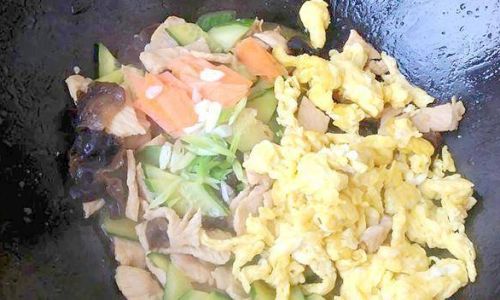
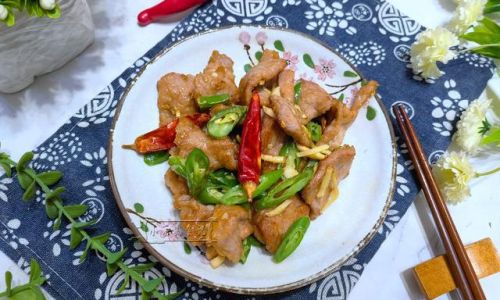
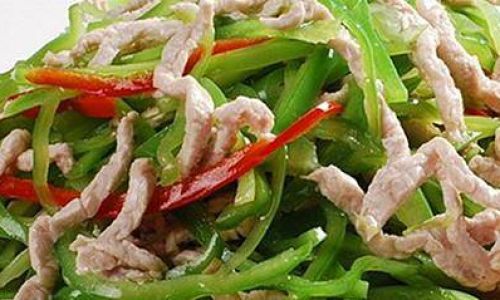
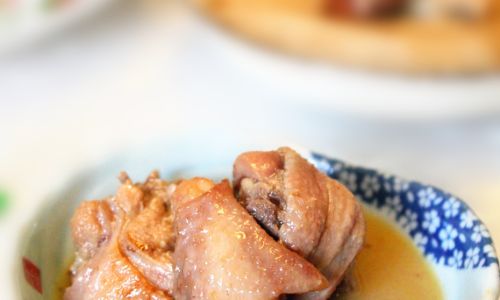
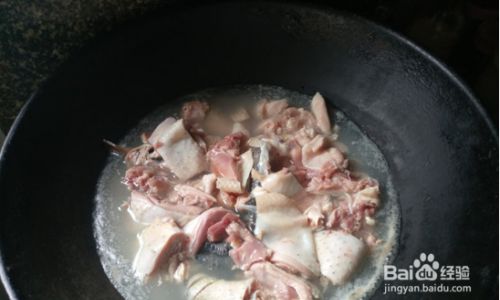
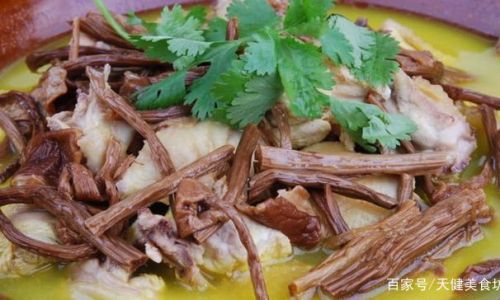
0 comments